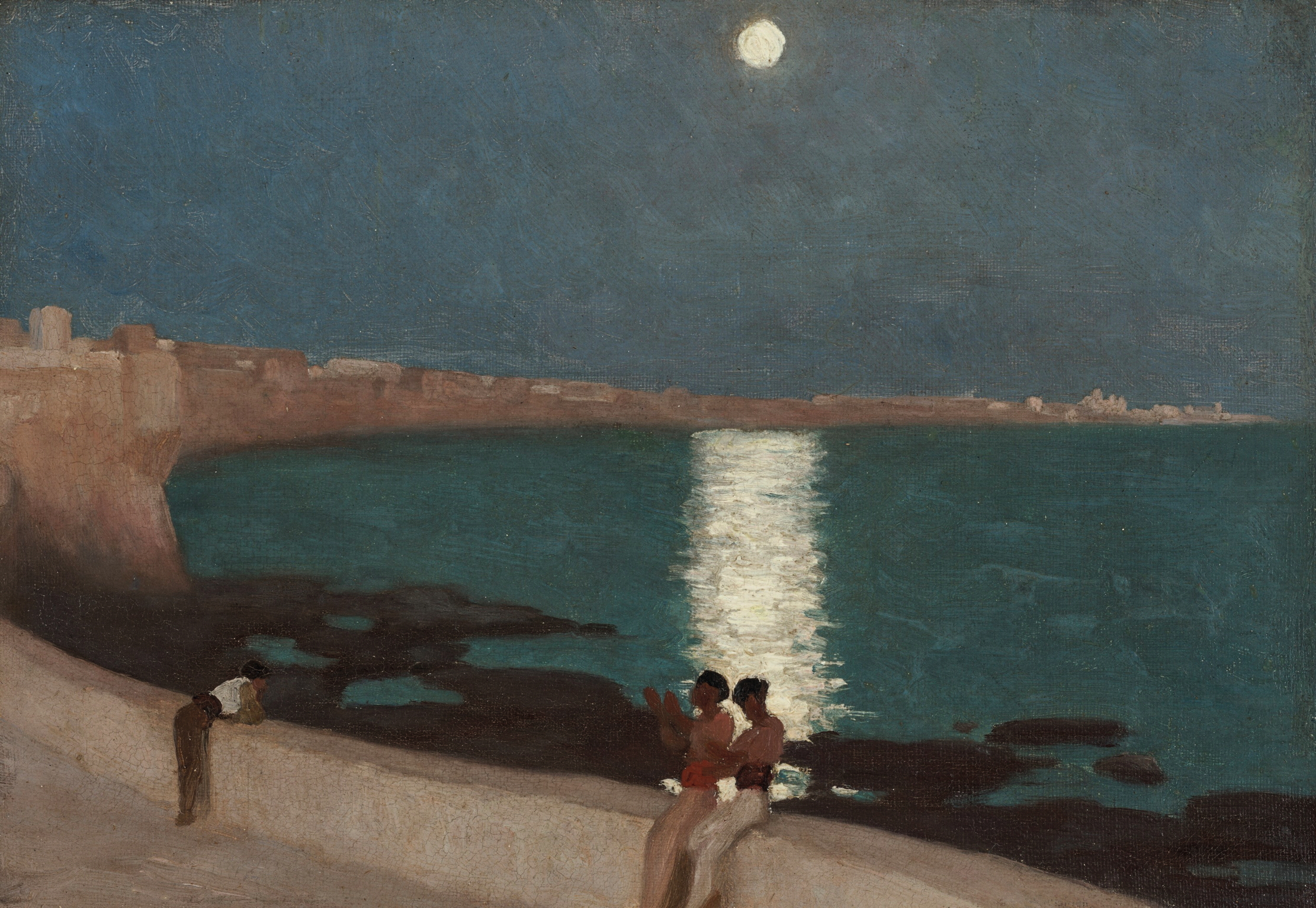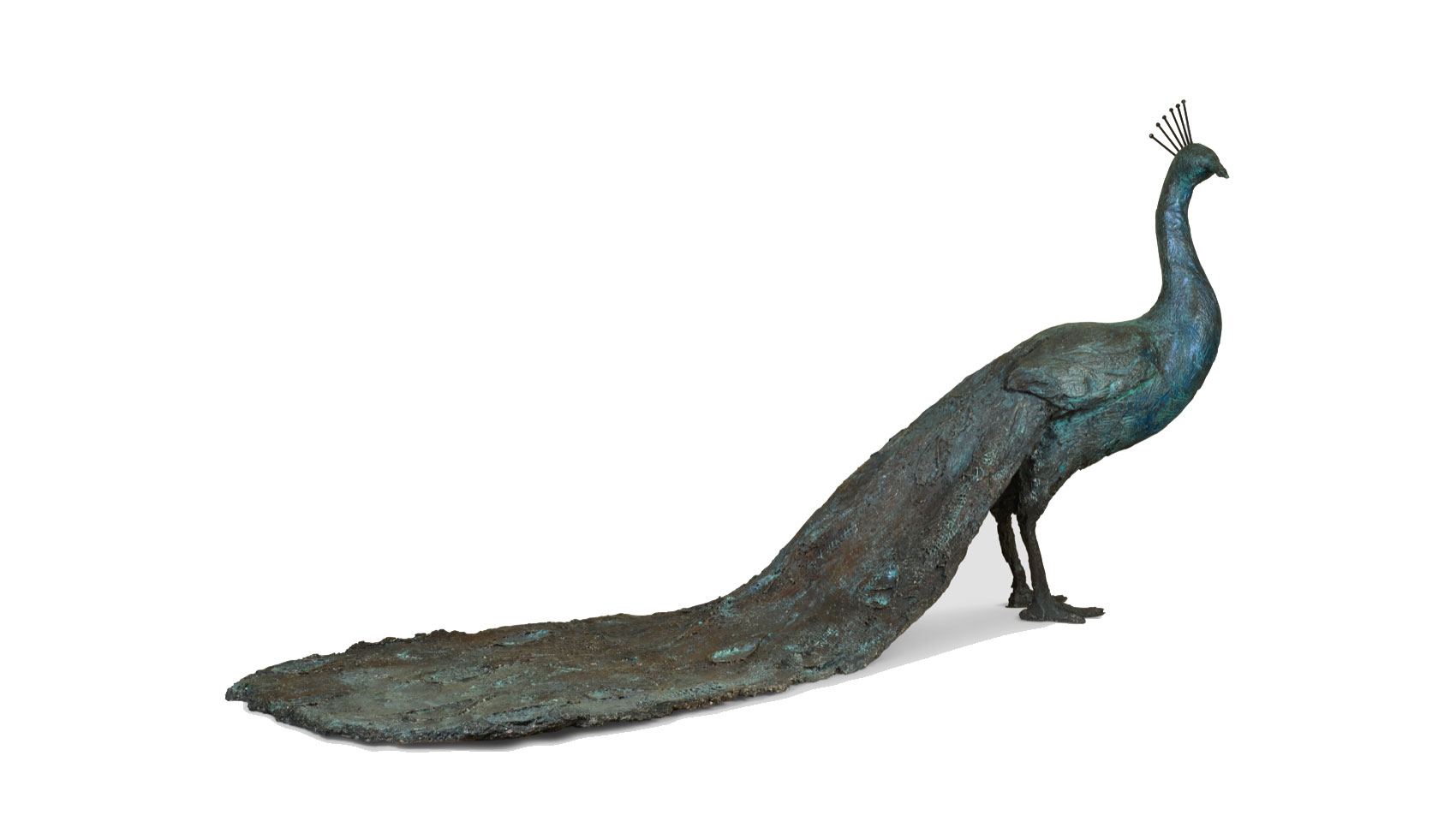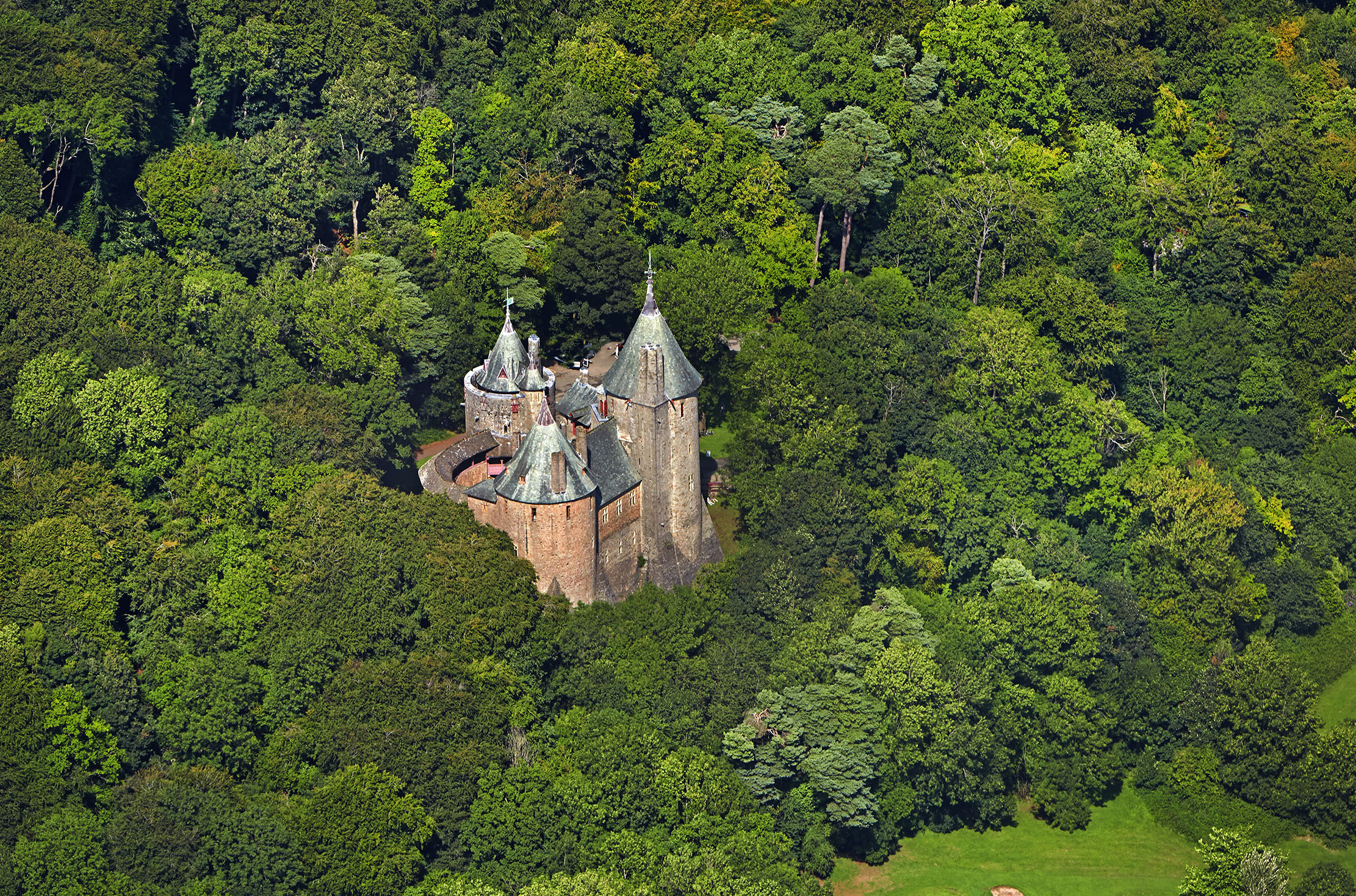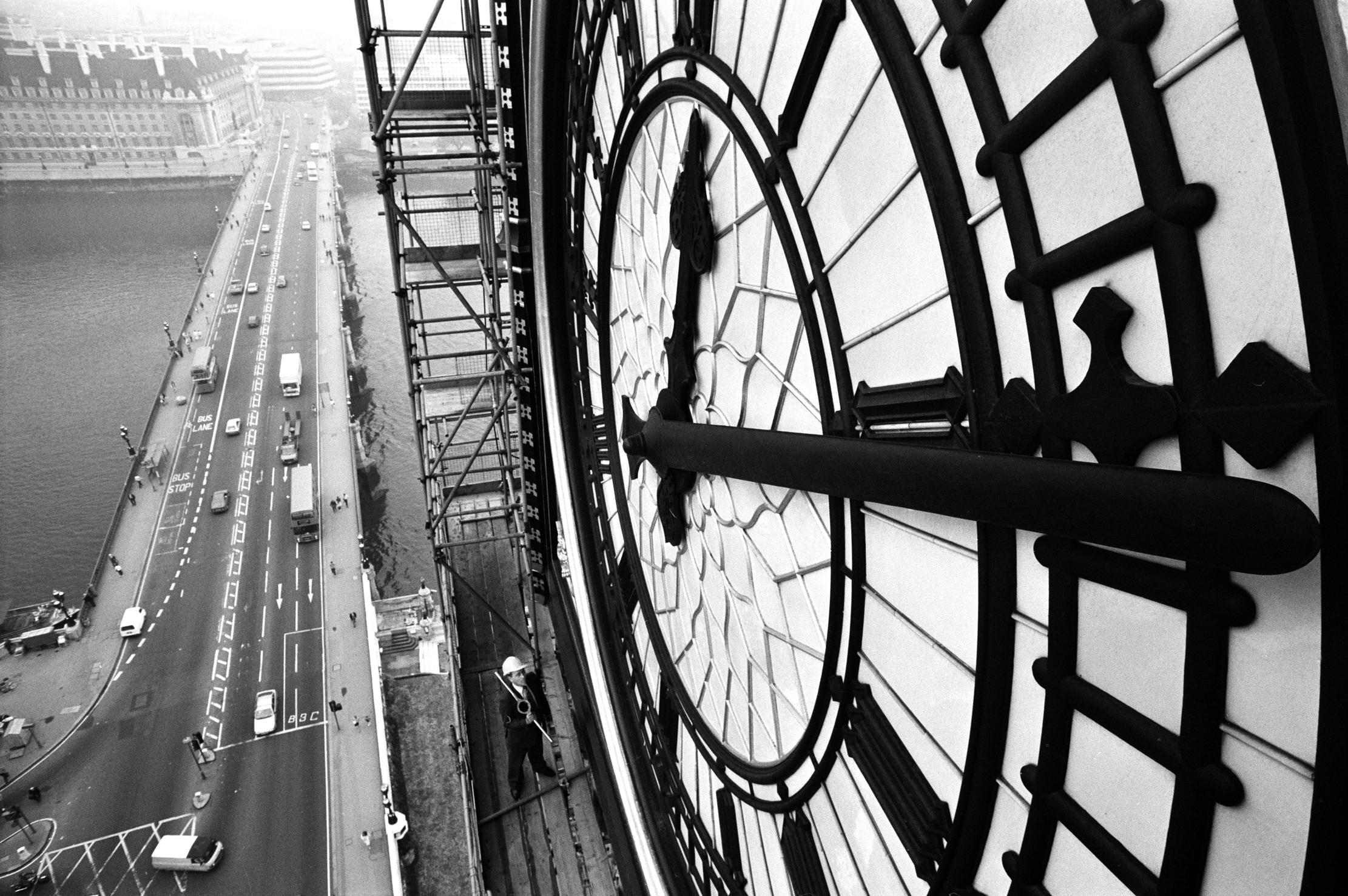Lost and then found: A missing painting by Lord Leighton returns to London
Someone, somewhere, knows something about where it went.


Frederic, Lord Leighton's artworks have a tendency to disappear. Flaming June is perhaps the most famous of those that pulled the vanishing act, but Bay of Cádiz, Moonlight also went missing for a time.
This picture, painted in 1866, during Leighton’s trip to Andalusia, was unusual, not only because it was one of his very few night scenes, but also because it was much less formal than his academic paintings.
After the artist’s death, it and three other works were bought by collector Wickham Flower, which is where the mystery begins. In about 1900, Flower gave some paintings to Leighton House in Kensington. Three of them — A View in Italy, with a cornfield (now A Village on a Hill, Capri), Palazzo Rezzonico and Kynance Cove (since renamed A Rocky Coast, Kynance Cove) — have remained continuously at the London museum, but a catalogue entry of the time reports there was a fourth: Bay of Naples, Moonlight, which was probably the Càdiz canvas mistitled.
Fast forward to 1926, when the Royal Borough of Kensington and Chelsea took over Leighton House and no Bay, of Càdiz or otherwise, appears in the records — nor in any later catalogues. Flower might, of course, have asked for his picture back, but this seems improbable: the work wasn’t included in the sale of his collection after his death in 1904.
The painting resurfaced in 1996, when Christie’s sold it to a private collector on behalf of an anonymous owner.
Although no one knows what happened in the ‘lost decades’, the tale has a happy ending. When Bay of Càdiz, Moonlight was sold again earlier this year, Leighton House managed to acquire it. Now, after more than 120 years, it will go on show at its painter’s former home, as part of the forthcoming ‘Leighton and Landscape: Impressions from Nature’ exhibition (until April 27, 2025)
Carla Passino is the Art and Antiques Editor of Country Life.
Exquisite houses, the beauty of Nature, and how to get the most from your life, straight to your inbox.

The £7,500 peacock that brings grace, elegance and beauty... but without the noise and the defecation
Peacocks are beautiful birds — but that doesn't mean they're easy to live with. Unless they're not really peacocks at all...

Opinion: A vanishingly rare thing has happened — we have a minister for culture who actually sounds like he's visited some of the places he has responsibility for
Our culture columnist Athena is cautiously optimistic about the future of arts, culture and architecture — even if the same old

The genius inventors who created the world's most important clocks
Early clocks had variable hours, but even in the golden age of British horology, when Thomas Tompion made his masterpieces,
Carla must be the only Italian that finds the English weather more congenial than her native country’s sunshine. An antique herself, she became Country Life’s Arts & Antiques editor in 2023 having previously covered, as a freelance journalist, heritage, conservation, history and property stories, for which she won a couple of awards. Her musical taste has never evolved past Puccini and she spends most of her time immersed in any century before the 20th.
